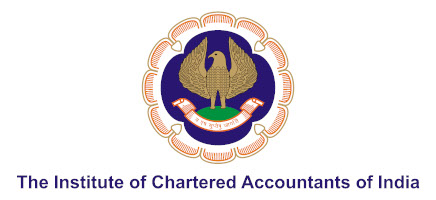- Confidentiality.
- Integrity.
- Authentication.
- Availability.
- Authorization.
- Non-repudiation.
FAQ Category: Digital Payments
How do I secure my digital payment?
Below, they share 14 security measures you should take.
- Regularly check your financial statements. …
- Turn on two-factor authentication. …
- Verify your payment recipient. …
- Have a dedicated payment method for online transactions. …
- Use biometric authentication when possible. …
- Double-check QR codes.
- Take advantage of one-time passwords.
- Be cautious with linked checking accounts.
- Ensure your vendor is PCI DSS-compliant.
- Don’t reuse passwords.
- Only use apps you trust.
- Never use a debit card.
- Submit minimal personal information.
- Look for SSL encryption.
What is digital payment method?
Digital payment is a transaction that takes place via digital or online modes, with no physical exchange of money involved. This means that both parties, the payer and the payee, use electronic mediums to exchange money. Please note that digital payments can take place on the internet as well as on physical premises. The various digital payment modes are accelerating cashless transactions and comes with incredible convenience. However, one needs to be alert and cautious when transacting digitally, keeping all secure practices in mind.
What are the advantages of digital payment methods?
Digital payments have several advantages over paper checks: Convenience & accessibility: with digital payments, customers can self-service and pay invoices from anywhere at any time. They can even pay directly from the emails and invoices they receive with a 1-click “Pay Now” button.
Commercial Paper
- What is Commercial Paper (CP)? And when & why it was introduced? Commercial Paper (CP) is an unsecured money market instrument issued in the form of a promissory note.
- When was it introduced? It was introduced in India in 1990.
- When was it introduced? It was introduced in India in 1990 with a view to enabling highly rated corporate borrowers to diversify their sources of short-term borrowings and to provide an additional instrument to investors. Subsequently, primary dealers and all-India financial institutions were also permitted to issue CP to enable them to meet their short-term funding requirements for their operations.
- Who can issue CP? Corporates, primary dealers (PDs) and the All-India Financial Institutions (FIs) are eligible to issue CP.
- Whether all the corporates would automatically be eligible to issue CP?
No. A corporate would be eligible to issue CP provided –
- the tangible net worth of the company, as per the latest audited balance sheet, is not less than Rs. 4 crores.
- company has been sanctioned working capital limit by bank/s or all-India financial institution/s; and
- the borrowal account of the company is classified as a Standard Asset by the financing bank/s/ institution/s.
What are the different Bank Cards used under Digital payments?
Digital payment through Bank cards includes payments through Debit card, Credit Card, and Prepaid cards.
- Debit card is linked to the bank account of the spender and the money is debited from the account when used for making payment.
- Credit card is issued based on the credit rating / ability to payback of the spender and is widely accepted across the globe.
- Prepaid cards include gift cards also. These cards are preloaded with a specified amount which can be used for shopping etc.
What is the difference between NEFT, RTGS and IMPS?
Internet Banking includes facilities like NEFT, RTGS, IMPS etc.
- With NEFT money is transferred withing two hours
- RTGS is the fastest way of transmitting money. In this, funds are transferred on real time gross settlement basis.
- IMPS-Instant interbank electronic fund transfer through mobile or online banking. In this only beneficiary’s mobile number and mobile money identifier is required.
What is UPI and how does it work?
UPI – Unified Payments Interface
- Unified Payments Interface is a digital payment system that allows people to transfer money between bank accounts using their smartphones.
- It is a convenient and easy-to-use method for making payments and is widely used in India.
What is Mobile Banking and how does it work?
Mobile banking refers to the ability to perform various banking activities using a mobile device, such as a smartphone or tablet, instead of going to a physical bank branch.
- Checking account balance quickly
- Fund transfers: You can transfer money between your own accounts or send money to other people’s accounts.
- Bill payments: You can pay your bills.
- Account statements: You can access your account statements to review your transaction history and track your expenses.
- Mobile deposits: Some banks allow you to deposit checks by simply taking a photo of the check using your mobile device.
- ATM/Branch locator: You can find the nearest ATMs or bank branches.
- Alerts and notifications: You can set up alerts and notifications to receive updates about your account activity.
What is Mobile Wallet? Why should I have it?
- A mobile wallet is a digital version of a physical wallet that you can carry on your smartphone.
- With a mobile wallet, you can add your credit or debit card details or link it to your bank account.
- Overall, a mobile wallet simplifies your payment process.

